SRI LANKAN POTTERY
With a few free days to relax and explore Sri Lanka, many activities were available to discover different aspects of this amazing culture. The art of pottery by a local Sri Lankan family who's techniques have been passed on through the generations, lace weaving by Sri Lankan women who were widowed by the 2004 tsunami, an elephant safari and a climb to the top of Mulkirigala Rock Temple to name a few. These are the ones that we discovered together.
Seven of the group set out of a discovery of Sri Lankan pottery making. We arrived at a local home where several generations lived together. Their main income is their pottery creations that they then sell wholesale to surrounding vendors. The pottery is completed on a single wheel, turned by hand by the husband while the clay is molded by the wife. It is a special clay that they retrieve from a river bed not a few kilometers from their home. They create over 200 pots per quarter and fire them in their hand made kiln. With their basic technique and the difficult firing process, they end up losing 25% of their stock of pots through the firing stage. It was a very interesting discussion and we were able to each take our turn at trying to form a pot. Let's just say, we'll leave it up to the professionals because our tries at forming clay did not result in anything useful.
Seven of the group set out of a discovery of Sri Lankan pottery making. We arrived at a local home where several generations lived together. Their main income is their pottery creations that they then sell wholesale to surrounding vendors. The pottery is completed on a single wheel, turned by hand by the husband while the clay is molded by the wife. It is a special clay that they retrieve from a river bed not a few kilometers from their home. They create over 200 pots per quarter and fire them in their hand made kiln. With their basic technique and the difficult firing process, they end up losing 25% of their stock of pots through the firing stage. It was a very interesting discussion and we were able to each take our turn at trying to form a pot. Let's just say, we'll leave it up to the professionals because our tries at forming clay did not result in anything useful.
the local potter family at their home
pounding the pot into its final shape and smoothing out the edges with a wooden mallet
the wooden mallet
the original potter who passed her techniques down to her son and daughter in law, the ones that you saw in the previous pictures
the husband, aka wheel spinner
after we each tried our luck on the pottery wheel, we headed beach side for a few art studios. These traditional boats are used for fishing.
on our way home we stopped by a fisherman's marina. Very colorful!
on our way back to the hotel




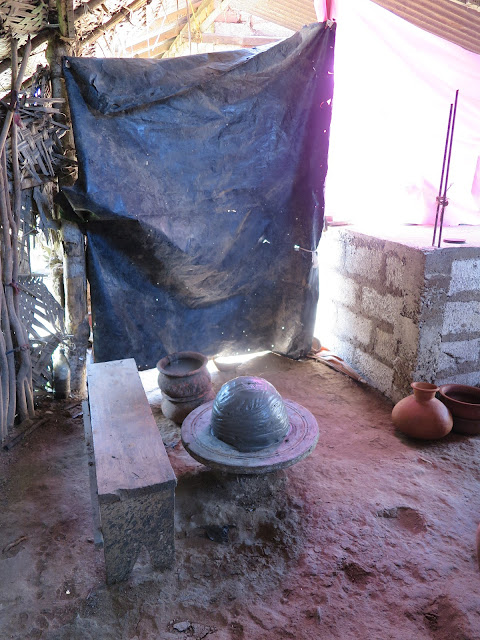

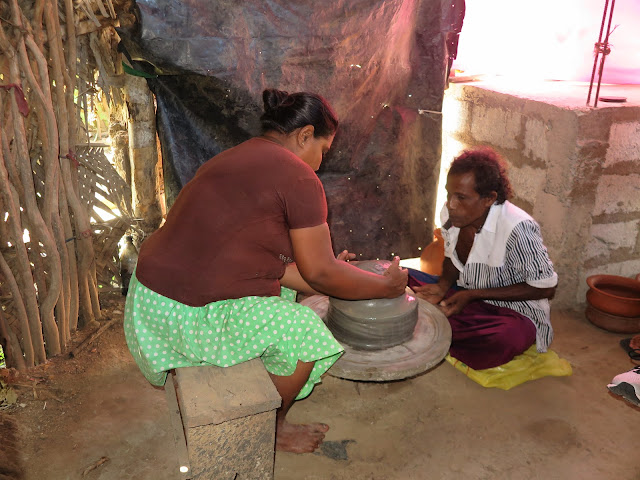




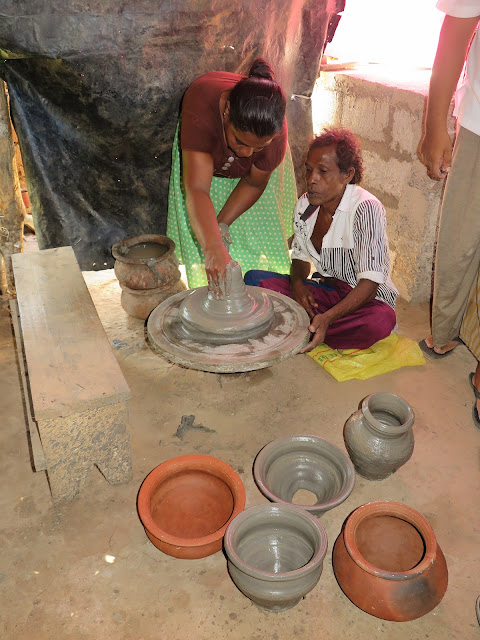













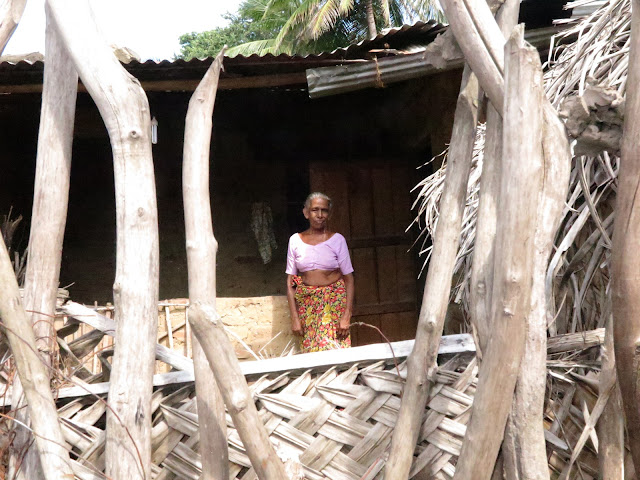





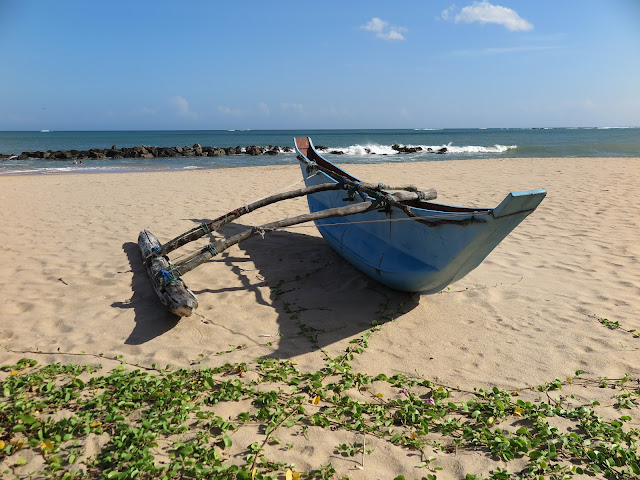








Comments
Post a Comment